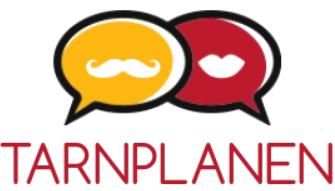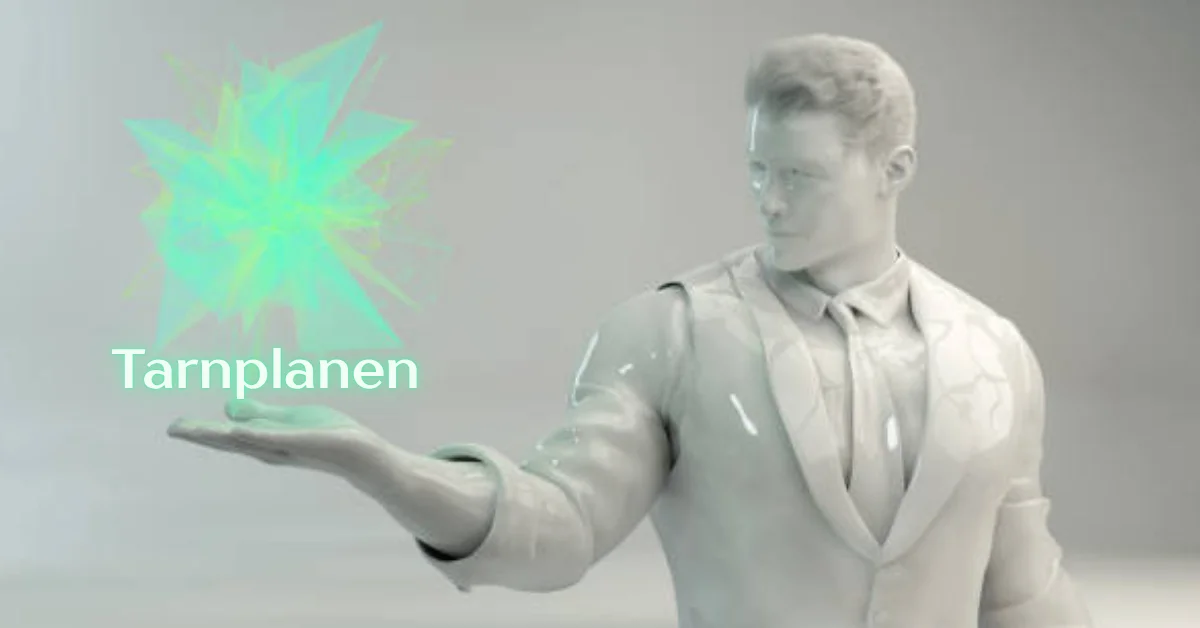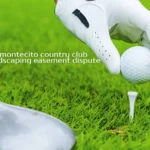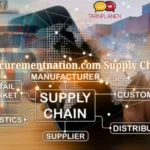In an age where innovation outpaces understanding, a quiet revolution is taking shape—not in code or capital, but in cognition. It’s called Tarnplanen, and though it might sound like a Scandinavian aerospace prototype, it’s something far more vital: a conceptual tool, a navigational map, and a lens to see through complexity with surprising clarity.
Whether you’re scaling a startup, designing a learning ecosystem, or orchestrating AI alignment strategies, this framework doesn’t simplify complexity—it renders it visible. In a fractured, fast-forward world, it might be the schema we didn’t know we needed.
What Is Tarnplanen?
Tarnplanen is a conceptual framework that translates interdisciplinary complexity into legible, actionable patterns. It’s not just a method or protocol—it’s a system of mapping ambiguity, prioritizing clarity, and synthesizing meaning across silos.
Think of it as a digital cartographer’s toolkit for information, behavior, and systems. Where traditional models categorize and segment, this approach stitches the invisible threads—linking context, intention, and impact. It’s not about creating neat boxes; it’s about revealing the contours of messy terrains.
If a roadmap tells you where to go, Tarnplanen tells you what matters while you’re on the move.
Origins: Where Did Tarnplanen Come From?
The word Tarnplanen finds its origin in a fusion of two distinct linguistic elements:
- “Tarn” — a Norse word referring to a secluded mountain lake, symbolizing the hidden layers that lie beneath apparent simplicity.
- “Planen” — the German word for “planning” or “blueprinting.”
Together, the term evokes the idea of strategizing through the unseen—a planning method for what cannot be directly observed but must be intuited, interpreted, or orchestrated.
The philosophy behind it blends:
- Phenomenology – understanding experience through perception
- Cybernetics – regulating systems through feedback and adaptation
- Design Thinking – prototyping, iterating, and learning in context
- Sociotechnical Systems Theory – balancing human and technological forces
It’s a hybrid. A mutant. And that’s the point.
Real-World Applications
1. In Artificial Intelligence:
AI is often designed in silos: language models here, ethics boards there. The model provides a structural alignment layer—a way to view models, datasets, stakeholders, and outcomes not as isolated nodes, but as dynamically entangled systems.
Example: When training a model for healthcare diagnostics, this mapping tool can reveal ethical implications, cultural assumptions, data fidelity, and feedback loops—simultaneously.
2. In Business Strategy:
Traditional strategy is linear. The new system introduces dynamic layering, allowing C-suites to visualize market shifts, stakeholder emotions, brand trust, and ecological risk in a living system map.
Example: A fintech startup can visualize how changing API regulations ripple across UX, investor confidence, and long-term social license.
3. In Education:
Pedagogies are often rigid. This cognitive design method enables learning architectures that adapt to cognitive diversity, shifting attention spans, and real-world relevance.
Example: In a project-based classroom, a dashboard informed by this framework could track student engagement, peer networks, conceptual fluency, and purpose—all in one map.
4. In Product Design:
UX is no longer just “user-friendly”—it must be contextually intelligent. This model empowers designers to visualize ecosystems, edge cases, emotional resonance, and feedback channels.
Traditional Frameworks vs. Tarnplanen
| Feature | Traditional Models | Tarnplanen |
|---|---|---|
| Structure | Linear, static | Layered, adaptive |
| Goal | Optimization | Meaningful navigation |
| Scope | Domain-specific | Cross-disciplinary |
| Output | Clear deliverables | Context-aware systems |
| Metaphor | Flowchart or machine | Ecosystem or weather map |
While protocols solve problems, Tarnplanen frames them in richer ways. It’s not about moving faster—it’s about moving more wisely through murky terrain.
The Future: Ethics, Risks, and Opportunity
This framework has potential—and with that, peril. As it gains traction in decision-making environments, the risks of misinterpretation or over-automation of nuance loom large.
Ethical Considerations:
- Who has the authority to determine what is included in the map—and what is left out?
- Can complexity mapping become a surveillance tool?
- Is there a risk of intellectual elitism—where only the data-literate can interpret the maps?
Opportunities:
- Open-source platforms for civic engagement
- Meta-layers for modeling misinformation
- Real-time adaptive governance systems for cities, climate, and culture
Risks:
- Reductionism in the name of clarity
- Weaponization of systemic insight for profit over public good
- Dependence on visual tools without epistemological training
Its promise is real—but only if paired with intentional ethics and humane foresight.
Designing for Tarnplanen: Best Practices
To adopt this model is to embrace systemic seeing. Here are a few key heuristics:
- Design for Tension, Not Resolution
Seek the creative friction between domains. Don’t rush to simplify. - Use Multi-Modal Mapping
Combine visuals, stories, data, and narrative arcs. Make the invisible felt. - Practice Layered Time Thinking
Map present, potential, and probable futures—simultaneously. - Design for Feedback Loops
Every system must evolve. Build listening mechanisms. - Cultivate Meaning-Making, Not Just Metrics
Prioritize insight over dashboards. Meaning over KPIs.
Conclusion: A New Compass for the Age of Entanglement
Tarnplanen isn’t a trend or a template. It’s a way of thinking, seeing, and feeling across domains that resist clean definitions. In a fragmented era where clarity often feels like a luxury, this model offers something deeper: orientation.
Not a map with all the answers—but a compass for asking the right questions.
To build for the future, we must bridge ambiguity with insight. Tarnplanen does not erase the fog. It teaches us to navigate through it—with discernment, care, and systems wisdom.
FAQs
What exactly is Tarnplanen?
It’s a tool or method for seeing and working with complex systems more clearly. It helps people understand connections and patterns that are usually hidden.
Is Tarnplanen a software or mindset?
It’s both. It can be used in digital tools, but it’s mainly a way of thinking that encourages layered, systemic awareness.
How can businesses use this model?
Businesses can make better decisions by seeing how customer behavior, market changes, and internal dynamics interact.
Can it work in education?
Yes! Teachers and schools can use it to build learning environments that adapt to how students think, feel, and learn.
Is Tarnplanen hard to learn?
It takes some time to understand, but once you get it, it can help make very complex things feel more manageable.











